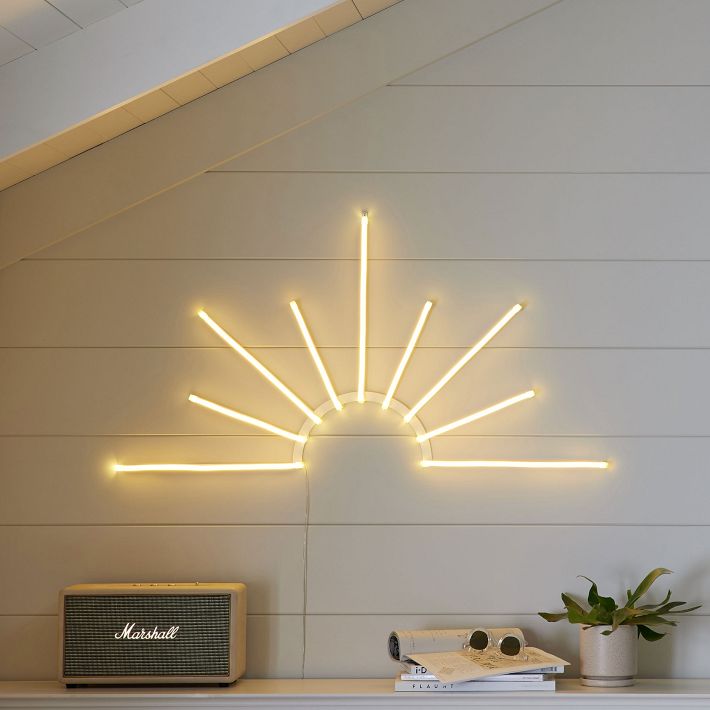Mastering Hue Precision in LED Display Calibration for Breathtaking Graphic Displays
Mastering Hue Precision in LED Display Calibration for Breathtaking Graphic Displays
Blog Article
Color accuracy is crucial for producing breathtaking graphic presentations, particularly when using LED walls. These large screens are frequently found in locations like music venues, athletic arenas, and advertising billboards. When the colors on an LED wall are not correct, the visuals can look flat or distorted, which can affect the total experience for audiences. Therefore, perfecting color accuracy in LED screen tuning is vital for attaining vibrant and true-to-life visuals.
The initial step in guaranteeing color precision is comprehending how LED systems works. LEDs, or light-producing diodes, generate light in multiple colors by combining red, green, and blue (RGB) light. Each dot on an LED screen is made up of these three hues. When tuned properly, the combination of RGB can create a wide range of hues. However, if one hue is too bright or too dim, it can throw off the entire screen. This is why tuning is necessary to balance the hues and reach the intended visual result.
Calibration entails modifying the settings of the LED screen to make sure that the colors shown match the initial content as nearby as possible. This process usually involves using specialized software and hardware instruments. Technicians often use color measurement devices, such as spectrophotometers, to analyze the colors being displayed. By contrasting the assessed colors to benchmark color values, they can make exact adjustments. This ensures that the hues are not only lively but also uniform across the entire display.
Another important aspect of color precision is understanding the surroundings in which the LED screen is employed. Factors such as ambient light can considerably impact how hues appear. For instance, a well-lit lit room may wash out colors, making them look less lively. To counteract this, technicians may modify the brightness and differentiation settings of the LED screen. Additionally, they may choose specific color settings that are better appropriate for different lighting environments. This adaptability helps preserve color accuracy irrespective of the observing surroundings.
Finally, routine maintenance and re-tuning are essential for maintaining an LED wall looking its finest. Over time, the functionality of LEDs can alter due to factors like aging and temperature fluctuations. Regular checks and adjustments can help ensure that the hues stay correct and vibrant. By investing time in appropriate calibration and maintenance, venues can provide audiences with stunning visual displays that enhance their overall experience. Perfecting color accuracy in LED screen tuning is not just a technical investigate this site task; it is an expertise that contributes to the magic of graphic storytelling.